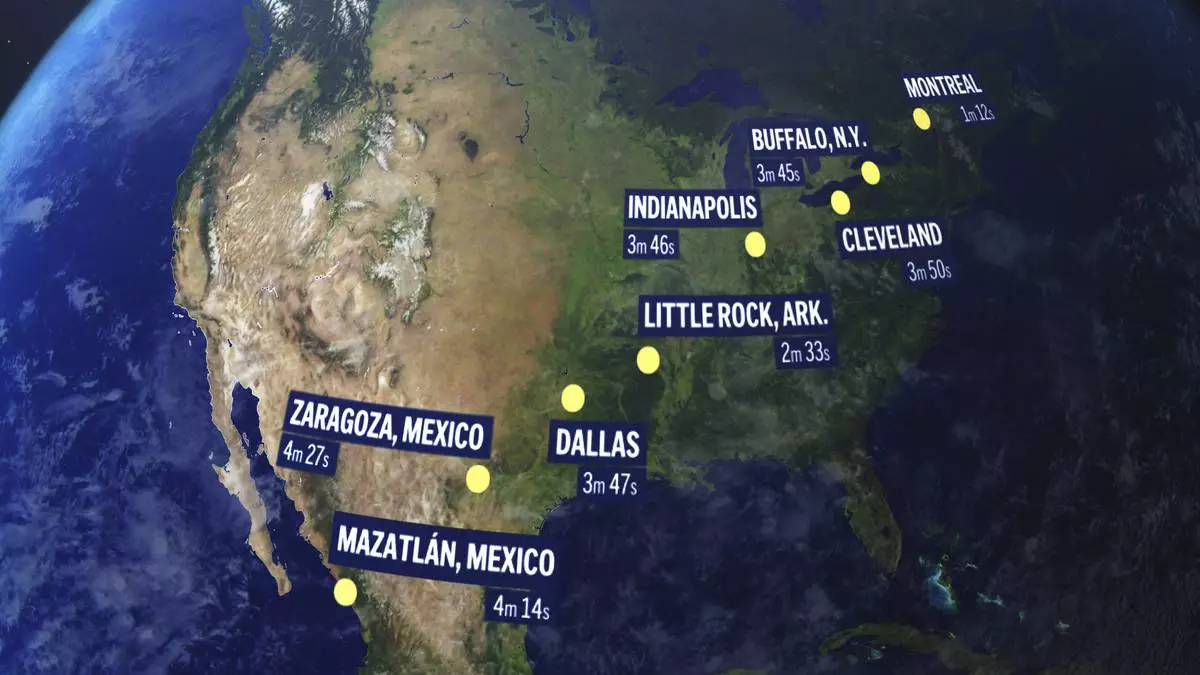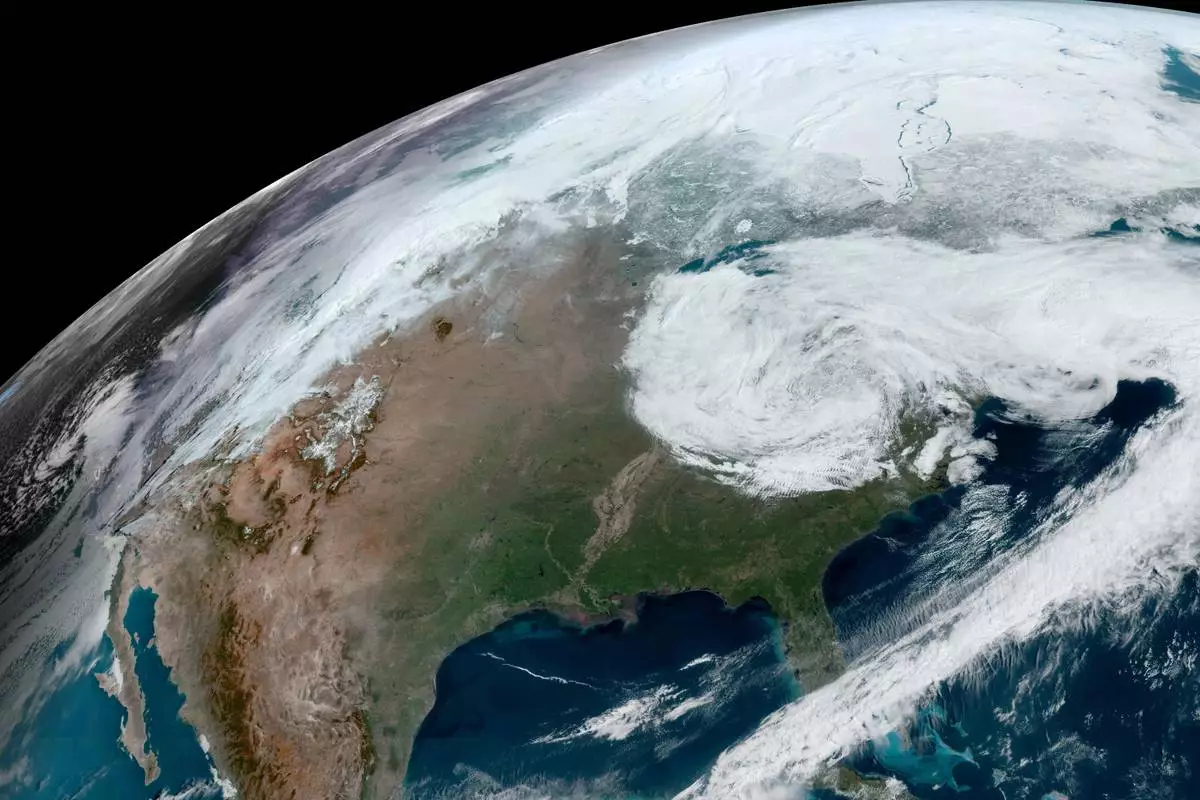Monkey on your back!
A caring Creole dog has taken to carrying a white-fronted Capuchin monkey on her back after she lost her litter of puppies in Colombia's port city of Cartagena.

The touching story has surprised locals who look with amazement as the two inseparable animals parade around La Heroica together.
The street dog had puppies a few weeks ago, but lost the litter.

The authorities explain that the monkey was probably brought to the city by people who unscrupulously removed it from its habitat before abandoning it.

The monkey was lucky that the dog nursed him and now takes him everywhere as if it were his natural mother.
A citizen informed the authorities who went in search of this exotic couple. When they found the animals, the police tried to give them individual attention, however each time they were separated they became aggressive, the monkey immediately ran to cling to the back of his dog.
If you’re in Vermont, Maine and Canada, you’re in luck. But for the rest of the path of Monday’s total solar eclipse, it could be dicey weather-wise.
Clouds are forecast for much of the eclipse route through the U.S. with some possible patches of clear skies in some spots, according to the latest forecast from the National Weather Service.
Northern New England into Canada is still the best bet to witness the eclipse, when the moon blocks out the sun for a few minutes and day turns into night.
Texas is likely to have the heaviest cloud cover. More concerning, the weather service is forecasting severe weather — tornadoes and hail — about the time of the eclipse for parts of Texas, Oklahoma, Arkansas and Louisiana.
The forecast for the eclipse path has been fairly consistent for the past 10 days, said David Roth, a meteorologist with the weather service.
“Things aren't moving that fast,” he said Sunday.
The path of total darkness stretches from Mexico and Texas through Maine and parts of Canada.
At the Great Lakes Science Center in Cleveland on Sunday, weather service meteorologist Alexa Maines tried to reassure visitors that all was not lost. A warm front was due to bring in clouds Monday morning, but they could clear out by eclipse time. “Cloud cover is one of the trickiest things to forecast,” she said.
Eclipse weather expert Jay Anderson also thinks the eclipse could be visible from Dallas to Columbus through thin, high clouds. “Not the best conditions but tolerable,” Anderson, a retired Canadian meteorologist, said via email.
“South of Dallas, there is a lot of low cloud that will disappoint a lot of eclipse enthusiasts,” he said.
You can still watch the total solar eclipse online.
Associated Press journalists will also bring live coverage of the eclipse from across the path, starting at 10 a.m. EDT with views from Mazatlán, Mexico, and other locations.
NASA will stream telescope views of the sun and on NASA TV starting at 1 p.m. EDT.
The Exploratorium museum, Time and Date and Slooh will also broadcast eclipse day views.
AP reporter Adithi Ramakrishnan contributed to this report.
The Associated Press Health and Science Department receives support from the Howard Hughes Medical Institute’s Science and Educational Media Group. The AP is solely responsible for all content.

FILE - A total solar eclipse April 8 will enter over Mexico's Pacific coast, dash up through Texas and Oklahoma, crisscross the Midwest, Mid-Atlantic and New England, before exiting over eastern Canada into the Atlantic. (AP Photo, File)

This satellite image provided by NOAA shows clouds over North America on Thursday, April 4, 2024. (NOAA via AP)














